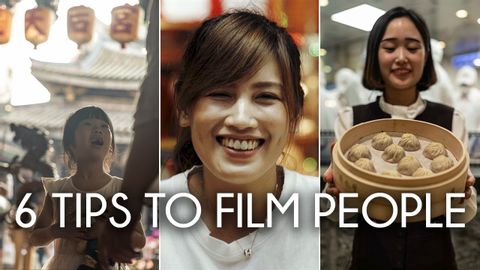【不要去台灣幕後花絮】法國攝影師分享旅遊人像拍攝密技 (How to film people in your travel films? Making of Don't go to Taiwan)
Helena 發佈於 2019 年 11 月 19 日  沒有此條件下的單字
沒有此條件下的單字US /ɪˈsɛnʃəl/
・
UK /ɪ'senʃl/
US /ɪk'strimlɪ/
・
UK /ɪkˈstri:mli/
- adv.極端地 ; 非常地;非常;從極端的角度來看
US /ˈkɑnˌsɛpt/
・
UK /'kɒnsept/
